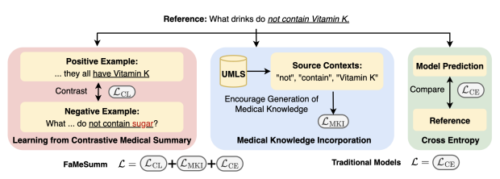2024-02-21 マサチューセッツ大学アマースト校
A brook trout’s oxygen consumption is measured to estimate its energy needs under different environmental temperatures.
Credit: Joshua Lonthair
<関連情報>
- https://www.umass.edu/news/article/why-are-fish-getting-smaller-waters-warm-not-because-their-gills-finds-study-led-umass
- https://journals.biologists.com/jeb/article-abstract/227/4/jeb246477/343088/Smaller-body-size-under-warming-is-not-due-to-gill?redirectedFrom=fulltext
サケ科の冷水性魚類において、温暖化下で体が小さくなるのはエラ-酸素の制限によるものではない Smaller body size under warming is not due to gill-oxygen limitation in a cold-water salmonid
Joshua K. Lonthair,Nicholas C. Wegner,Brian S. Cheng,Nann A. Fangue,Matthew J. O’Donnell,Amy M. Regish,John D. Swenson,Estefany Argueta,Stephen D. McCormick,Benjamin H. Letcher,Lisa M. Komoroske
Journal of Experimental Biology Published:21 February 2024
DOI:https://doi.org/10.1242/jeb.246477
ABSTRACT
Declining body size in fishes and other aquatic ectotherms associated with anthropogenic climate warming has significant implications for future fisheries yields, stock assessments and aquatic ecosystem stability. One proposed mechanism seeking to explain such body-size reductions, known as the gill oxygen limitation (GOL) hypothesis, has recently been used to model future impacts of climate warming on fisheries but has not been robustly empirically tested. We used brook trout (Salvelinus fontinalis), a fast-growing, cold-water salmonid species of broad economic, conservation and ecological value, to examine the GOL hypothesis in a long-term experiment quantifying effects of temperature on growth, resting metabolic rate (RMR), maximum metabolic rate (MMR) and gill surface area (GSA). Despite significantly reduced growth and body size at an elevated temperature, allometric slopes of GSA were not significantly different than 1.0 and were above those for RMR and MMR at both temperature treatments (15°C and 20°C), contrary to GOL expectations. We also found that the effect of temperature on RMR was time-dependent, contradicting the prediction that heightened temperatures increase metabolic rates and reinforcing the importance of longer-term exposures (e.g. >6 months) to fully understand the influence of acclimation on temperature–metabolic rate relationships. Our results indicate that although oxygen limitation may be important in some aspects of temperature–body size relationships and constraints on metabolic supply may contribute to reduced growth in some cases, it is unlikely that GOL is a universal mechanism explaining temperature–body size relationships in aquatic ectotherms. We suggest future research focus on alternative mechanisms underlying temperature–body size relationships, and that projections of climate change impacts on fisheries yields using models based on GOL assumptions be interpreted with caution.


